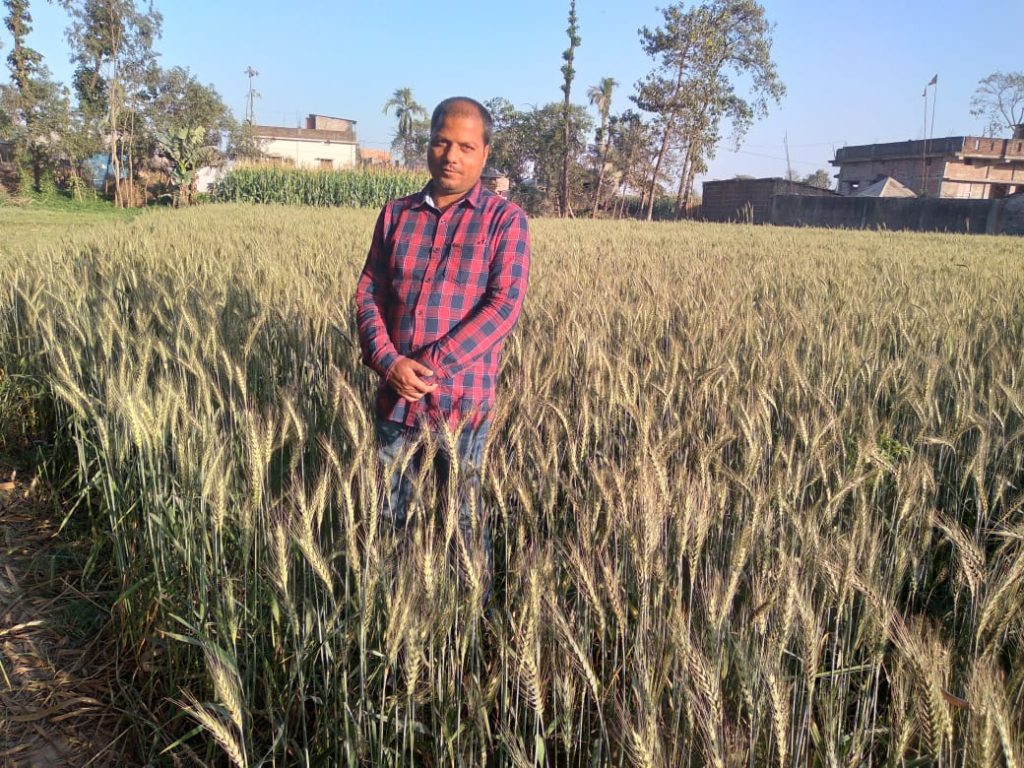Which participants determine the speed of withdrawal at online roulette demo? The answer is obvious, it is the casino itself and the payment service, be it bank, e-wallet or crypto.
Multiple Cropping with scientific methods can create a positive impact on yield
Today, Agriculture is highly vulnerable to the impacts of disasters and other types of crises. According to a study, more than 22 per cent of the damages caused by natural hazards—such as drought, floods, storms or tsunamis.
Focus on Disaster Risk Reduction (DRR) measures in agriculture is an important step to reduce the risk at the local level and develop the resilience of farmers natural hazards.
The third priority of the Sendai Framework for Disaster Risk Reduction 2015–2030, promote investment in disaster prevention and non-structural measures to enhance the economic, social and cultural resilience of communities.
The floods plain of Kosi Basin presents a challenge in terms of long and recurring flood hazard. The Kosi river has turned large fertile land into a wasteland and has caused extensive damage through overbank flooding and inundation.
Caritas India through her Disaster Risk Reduction program works with the local communities of Bihar in the flood plain of Kosi Basin to mitigate the risk of farmers and develop skill on multiple cropping patterns and good agricultural practices.
Community-based organisations were promoted to prepare and implement development, contingency and Livelihood plans. To improve the food and nutritional security of 1300 families under the project, resilient and diversified livelihood options need to be created.
Since the majority of the people from the area are farmers, On-Farm initiatives were promoted by linking them with the local Krishi Vigyan Kendra (KVK) for getting new techniques. Being a flood Prone area and Crop production is uncertain, KVK promoted resilient verities seeds, Kitchen garden, monoculture. These practices and support not only increase the yield but also keep the soil fertile to benefit the ecology. In other words, through this approach, the risk of the farmers are mitigated by ensuring guarantee income.
In continuation to the cropping pattern, farmers of the region were practising wheat with mustard, which was resulted in a reduction in yield, unknowingly farmers were cultivating wheat and Mustard together, both the crops are not from one family group. Mustard with Wheat causes great losses to the farmers.
They suggested avoiding sowing crops from the different family group to improve the crop yield. So, there is a need to choose the right crops for multiple farming. In a particular case, the Mustard grows faster and covers the upper shoot of Wheat which further impact the flowering. Another reason is that the mustard flowers come first and it attracts insects which also affects the wheat crop.
So, farmers need to choose the crops scientifically for multiple cropping. For getting more yield farmers were advised to go for Monoculture (single crop in case of Wheat). They can also cultivate garlic for better result. After getting training in 2018 September 225 farmers cultivated wheat with Garlic. After harvesting the yield increased by 01.5 quintals per acres in the Cycle farmers got a production of 11.5 quintals per acres, earlier it was 9.5- 10 quintal. With wheat, they had also harvested 03-04 quintals of Garlic in one crop cycle.
Seeing the success in the next crop cycle 515 farmers have practised the same to get maximum yield.
Copyright Caritas India 2013 ! Developed by Neural Info Solutions Pvt. Ltd.

















































